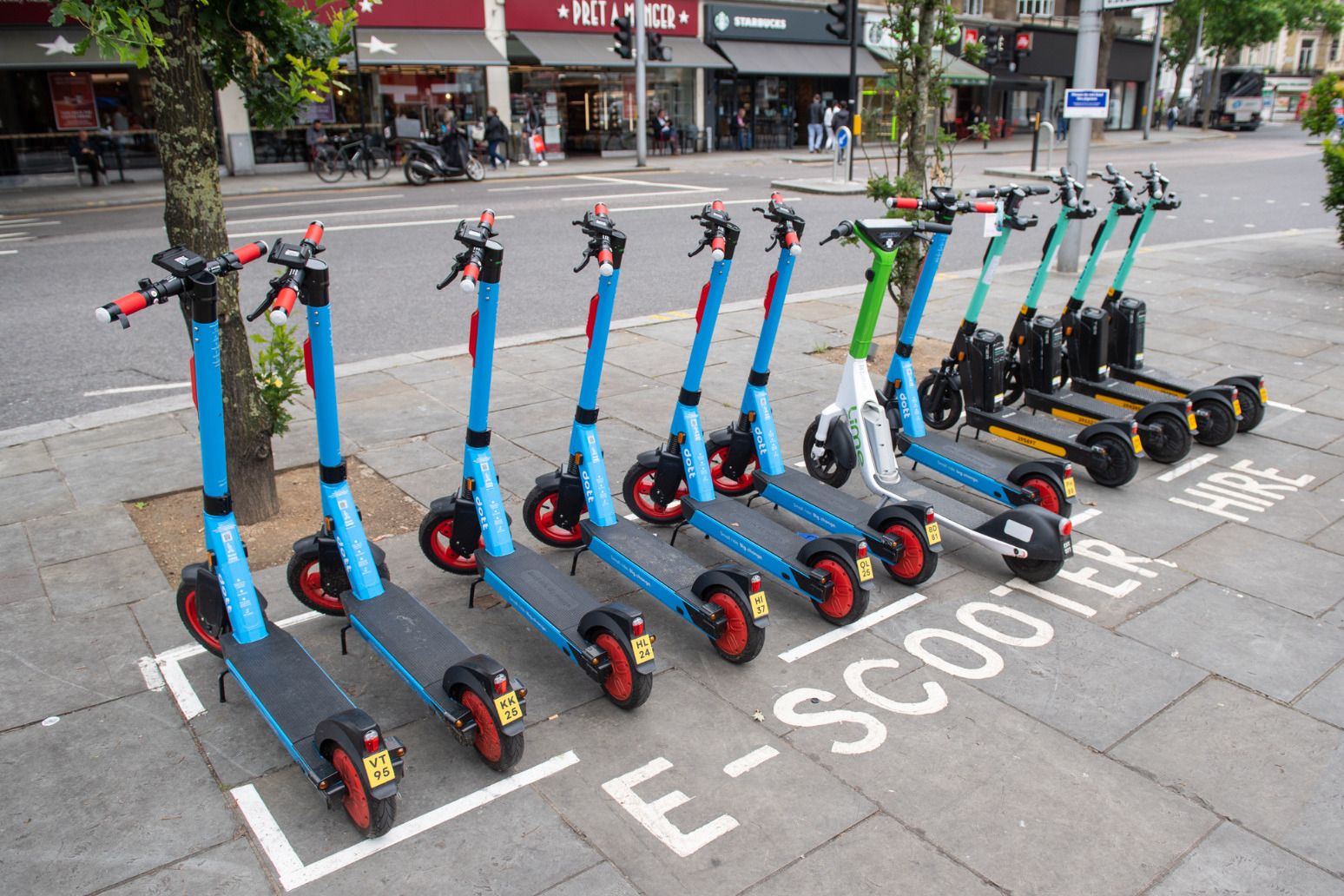
E-scooter riders more likely to suffer serious injuries than cyclists
That's according to a study published in online journal Injury Prevention
E-scooter riders involved in crashes are more likely to suffer serious injuries than cyclists, new research suggests.
Three out of five (60%) e-scooter users admitted to hospital following a collision in England and Wales in 2021 were admitted to a major trauma centre, a study published in online journal Injury Prevention found.
That is compared with just 47% of cyclists.
There was a higher rate of serious head injuries among e-scooter riders (35%) than cyclists (20%).
Injured e-scooter riders were much less likely to have worn a helmet (7% versus 47%) and were nearly three times more likely to be drunk or high (26% versus 7%).
They also tended to be younger than cyclists admitted to hospital, with an average age of 35 compared with 50.
The study was conducted by researchers from Queen Mary University of London and St Mary’s Hospital, which is also in the capital.
Department for Transport figures show 11 e-scooter users were killed and a further 347 were seriously injured in Britain during the 12 months to the end of June 2022.
There are hopes that e-scooters could replace cars for many short journeys.
Private e-scooters cannot be legally used on roads or pavements in the UK but have become a common sight.
Trials of rental e-scooters on roads in dozens of towns and cities across England have been extended until May 2024.
The researchers wrote: “E-Scooters are an emerging mode of transport in the UK, and full characterisation of rates and types of injury will require ongoing study.
“However, these preliminary results indicate that e-scooter use may result in a higher relative rate of hospital admission due to significant trauma than bicycles and in particular, higher rates of severe head injury.
“As the number of e-scooter trips taken continues to grow, further legislation and tighter regulation of e-scooter rental are required to reduce the already significant burden of injury associated with this mode of transport.”
Published: by Radio NewsHub